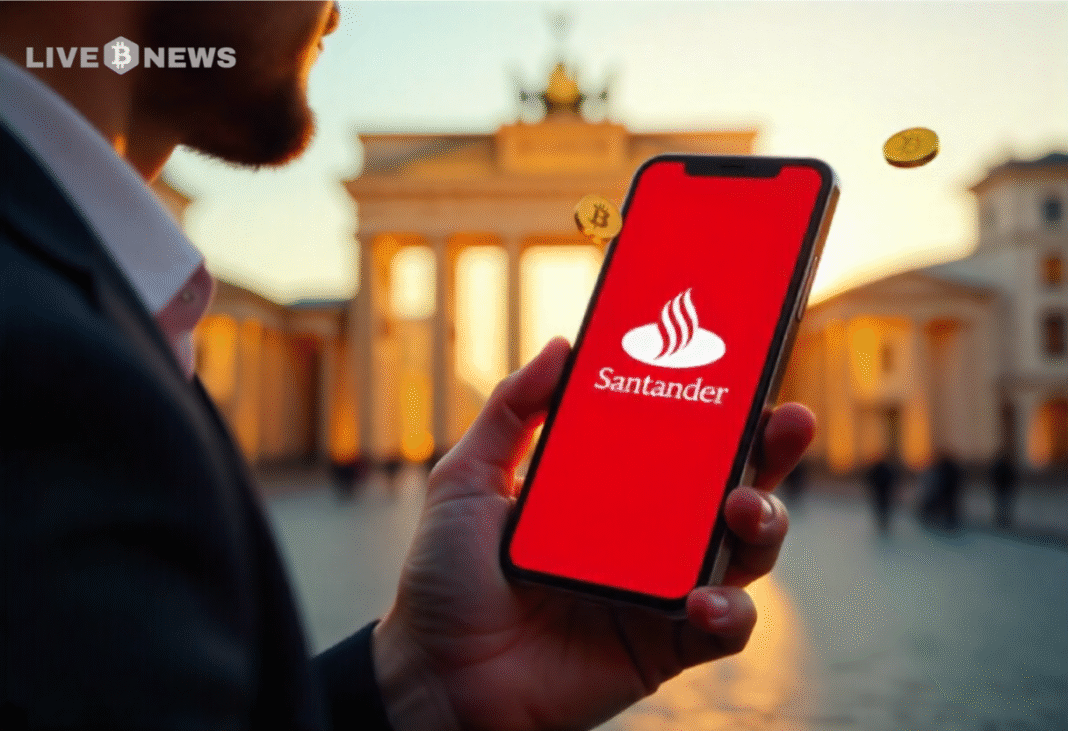Curve Finance Proposes Yield Basis to Share Revenue with CRV Holders
TLDR
- Curve Finance has proposed Yield Basis to share revenue directly with CRV holders, offering a sustainable income model.
- The proposal aims to turn the CRV token into a yield-bearing asset, providing consistent returns to token holders.
- Curve Finance plans to mint $60 million worth of crvUSD and allocate funds across Bitcoin-focused liquidity pools.
- Between 35% and 65% of Yield Basis revenue will be distributed to veCRV holders, strengthening its DeFi position.
- The new model aims to reduce Curve Finance’s reliance on inflationary rewards and attract professional traders and institutions.
Curve Finance has introduced a new proposal to share revenue directly with CRV holders. The initiative, called Yield Basis, seeks to offer a sustainable income model. The proposal aims to transform the CRV token into a yield-bearing asset, providing consistent returns to holders. The Curve DAO governance forum is hosting voting for the proposal, which ends on September 24.
A New Model for CRV Rewards
Yield Basis will distribute income directly to CRV holders who lock their tokens for veCRV governance rights. This system contrasts with previous incentive programs that relied heavily on airdrops and emissions. Under the new model, Curve Finance will channel income from Bitcoin-focused liquidity pools back to token holders.
aCurve will mint $60 million worth of crvUSD, its over-collateralized stablecoin, to fund the proposal. The funds will be allocated across three Bitcoin-focused pools: WBTC, cbBTC, and tBTC. Each of these pools will have a cap of $10 million, contributing to the overall distribution of Yield Basis tokens.
Potential Impact on Curve Finance
If the proposal is approved, CRV holders will benefit from more predictable and consistent returns. Between 35% and 65% of Yield Basis’s revenue will go to veCRV holders. Additionally, 25% of the Yield Basis tokens will be reserved for the Curve ecosystem.
This new model could reduce Curve Finance’s reliance on inflationary rewards and boost its position in the decentralized finance (DeFi) space. The protocol aims to attract professional traders and institutions by offering yields without the risks of short-term losses typically seen in automated market makers. Curve Finance looks set to evolve its governance token into a more attractive income-generating asset.
The post Curve Finance Proposes Yield Basis to Share Revenue with CRV Holders appeared first on CoinCentral.
You May Also Like

Santander’s Openbank Sparks Crypto Frenzy in Germany

BetFury is at SBC Summit Lisbon 2025: Affiliate Growth in Focus

ISM Manufacturing PMI suggests Bitcoin cycle may extend beyond historical norm
Bitcoin’s market cycles may stretch longer as ISM manufacturing data remains weak, hinting at extended macro headwinds and slower business recovery. The Institute for Supply Management’s (ISM) Manufacturing Purchasing Managers’ Index (PMI) has historically aligned with major peaks in Bitcoin’s market cycles — a pattern that, if repeated, could imply a longer-than-usual cycle this time around.The correlation between the ISM PMI and Bitcoin’s (BTC) price was first popularized by Real Vision’s Raoul Pal and has since gained traction among macro-focused crypto analysts.“All 3 past Bitcoin cycle tops have broadly aligned with this monthly, oscillating index,” analyst Colin Talks Crypto noted, referencing the recurring overlap between Bitcoin’s market highs and the PMI’s cyclical peaks.Read more